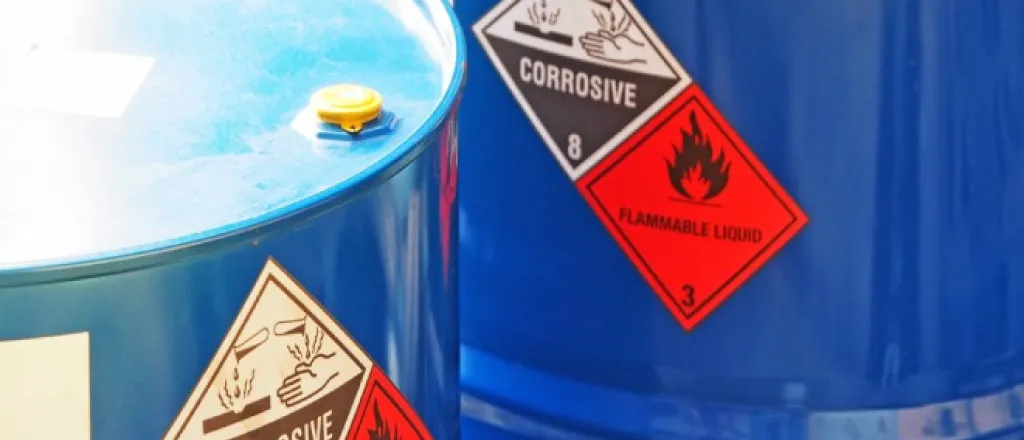
Effects of hazardous waste on the environment
©
Hazardous waste is a significant threat to ecosystems and human health. Understanding its impacts and the importance of proper waste management can mitigate its effects. Discover the effects of hazardous waste on the environment, and learn responsible disposal practices to preserve our planet’s health.
What is hazardous waste?
Hazardous waste refers to dangerous materials that potentially harm human health or the environment. They can be liquids, solids, gases, or sludges that contain toxic chemicals or heavy metals. They may also have radioactive elements or biological contaminants. Common sources of hazardous waste include industrial processes, medical facilities, agricultural activities, and household products like batteries, paints, and cleaning agents.
Types of hazardous waste
- Chemical Waste: Industrial solvents, pesticides, and cleaning agents.
- Biological Waste: Medical waste, such as used needles, blood, and tissue samples.
- Radioactive Waste: Anything that comes from nuclear power plants, medical treatments, and research facilities.
- Heavy Metals: Lead, mercury, and cadmium in batteries, electronics, and industrial processes.
Soil contamination
Soil contamination is a terrible effect of hazardous waste on the environment. When hazardous waste seeps into the ground, it can alter the soil’s composition, making it toxic for plants and animals. Contaminated soil can disrupt plant growth, reduce agricultural productivity, and harm organisms that live in the soil. It can also affect human health through ingestion or inhalation of contaminated soil particles.
Water pollution
Hazardous waste can leach into and contaminate rivers, lakes, and oceans. Water pollution can devastate aquatic ecosystems, killing fish and other marine life. Contaminated water also poses significant health risks to humans, including gastrointestinal diseases, neurological disorders, and cancers.
Air pollution
When hazardous waste breaks down, it can release toxic chemicals into the atmosphere. Contaminants can lead to respiratory problems, cardiovascular diseases, and other serious health issues in humans. They also harm wildlife, affecting bird populations and causing respiratory problems in countless other animals.
Examples of hazardous waste incidents
In 1977, the Love Canal neighborhood in Niagara Falls, New York became infamous for its hazardous waste disaster. A chemical company had buried toxic waste in the area, which later seeped into homes and schools and caused severe health issues and congenital disabilities among residents. The incident led to the Superfund program for cleaning up contaminated sites.
In 1984, a gas leak at a pesticide plant in Bhopal, India released methyl isocyanate into the air, causing immediate deaths and long-term health problems for thousands of people. The disaster highlighted the catastrophic potential of hazardous waste mismanagement and the urgent need for more stringent regulations.
How to stop the spread of hazardous waste
Stopping the spread of hazardous waste requires a multi-faceted approach. Firstly, reduce the use of hazardous materials whenever possible. Opt for eco-friendly alternatives that pose less risk to the environment. Secondly, follow safe disposal methods. For example, utilizing hazardous waste collection programs is a great tip for safely disposing of cleaning solvents and chemicals. Lastly, support policies and initiatives that aim to reduce environmental pollution. Let’s take collective action to ensure a safer and healthier environment!

















